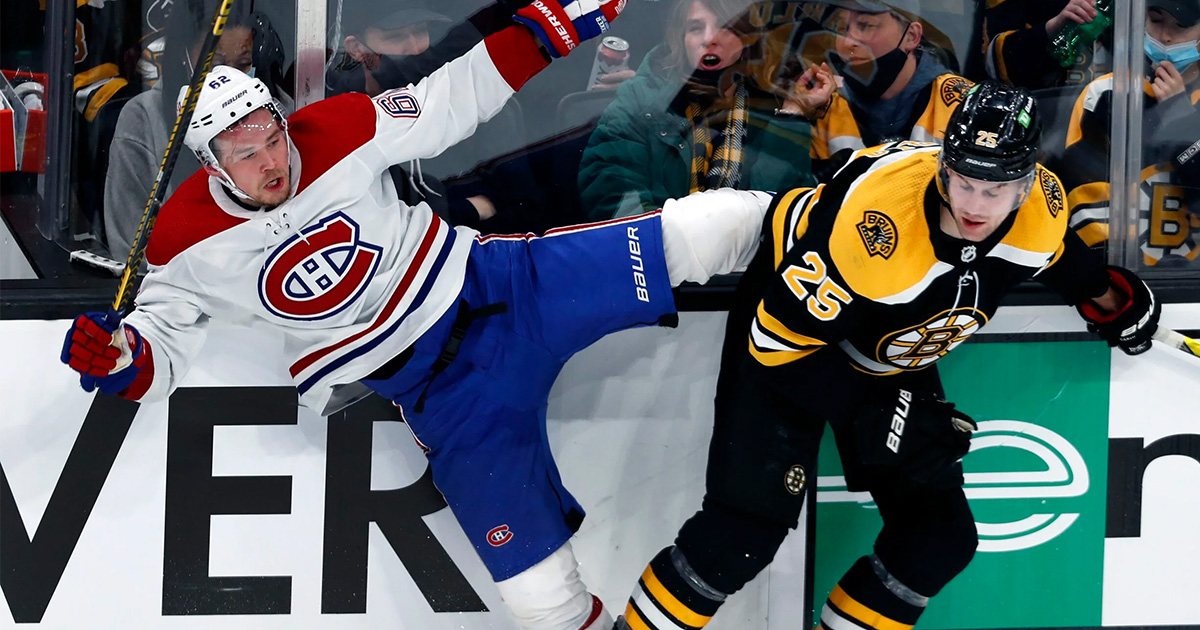NHL Rule Changes: Enhancing the Game Over the Last Decade
The NHL has made several significant rule changes in the past decade to improve player safety, game speed, and overall enjoyment. These changes have primarily focused on icing and offside rules. Let’s dive into these modifications with some examples to illustrate their impact.
The Evolution of Offside Rules
The 2020-21 Season Update
In the 2020-21 season, the NHL modified the offside rule to allow a player’s skate to be above the vertical plane of the blue line without touching the ice to be considered onside. This change aimed to reduce the number of disallowed goals due to marginal offsides.
Story: A New Era for Offside
During the 2020 playoffs, the Colorado Avalanche’s Cale Makar carried the puck over the blue line with teammate Valeri Nichushkin appearing offside. Under the old rule, the goal would have been disallowed. However, with the new rule, Makar’s goal stood because his skate was hovering above the blue line. This change maintained the game’s flow and reduced interruptions due to coach’s challenges.
Coach’s Challenge for Offside (2015-16 Season)
The NHL introduced the coach’s challenge in the 2015-16 season, allowing teams to contest offside rulings that led to goals. This aimed to enhance the accuracy of critical game decisions.
Story: The Birth of the Coach’s Challenge
In the 2015-16 season, the Chicago Blackhawks faced the St. Louis Blues in a crucial game. Patrick Kane scored a pivotal goal, which was challenged for offside. The review showed Kane was marginally offside, leading to the goal being disallowed. This incident highlighted the coach’s challenge’s role in ensuring fairness during crucial moments【51†source】.
Icing Rule Changes
Hybrid Icing (2013-14 Season)
To enhance player safety, the NHL introduced hybrid icing in the 2013-14 season. This rule allows linesmen to blow the whistle if they believe the defending player will reach the puck first, preventing dangerous high-speed collisions.
Story: The Hybrid Icing Revolution
A notable collision involved Boston Bruins forward Tyler Seguin and Montreal Canadiens defenseman Hal Gill. The race to the puck resulted in a serious injury for Seguin. With hybrid icing, such dangerous races are reduced. Now, if the linesman determines the defender will reach the puck first, play is stopped, significantly reducing injury risk.
The End of the Two-Line Pass Rule (2005-06 Season)
Although not within the last decade, the elimination of the two-line pass rule in 2005 set the stage for modern NHL gameplay. This rule change allowed passes across two lines, speeding up the game and promoting offensive strategies.
Story: A Game-Changing Decision
Before 2005, two-line passes were forbidden, slowing the game and limiting offensive opportunities. The rule change was demonstrated in a game where Pittsburgh Penguins’ Sidney Crosby executed a perfect two-line pass to set up a game-winning goal, showing the new rule’s impact on game speed and excitement.
Conclusion
The NHL’s rule changes over the past decade reflect a commitment to enhancing the game’s pace, safety, and fairness. From modifying offside rules to introducing hybrid icing, these adjustments have made hockey more dynamic and enjoyable for players and fans alike. By adapting to the evolving nature of the sport, the NHL ensures that hockey remains thrilling and safe, upholding its tradition while embracing innovation.
For further details on these rule changes, visit the official NHL website or check out comprehensive guides on sports news platforms.

